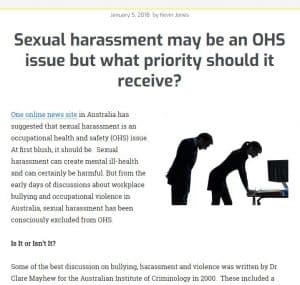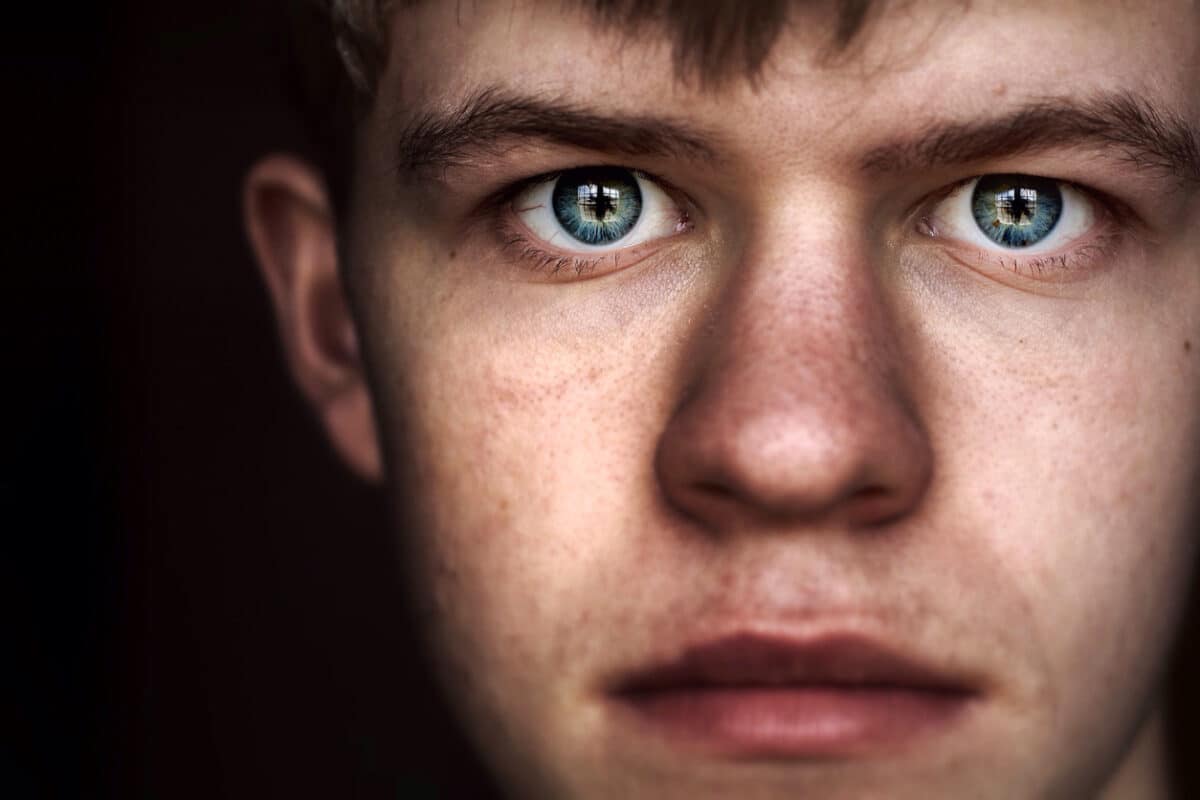Several past SafetyAtWorkBlog articles have been posted in SoundCloud as audio files. One article is a reading of two articles from last year about Queensland’s industrial manslaughter laws.
The other reminds us that sexual harassment and sexual assault did not appear in relation to Harvey Weinstein accusations. The Australian Human Rights Commission report into sexual assault on university campuses provides an additional context to sexual harassment and workplace health and safety.
Both articles are also available below:
Industrial Manslaughter
Sexual Assault in Universities



 One online news site
One online news site On 12 December 2017, part of Australia’s screen and television industry held a forum in Sydney about sexual harassment in the sector and what could be done to reduce this workplace hazard. This initiative occurred a day before an
On 12 December 2017, part of Australia’s screen and television industry held a forum in Sydney about sexual harassment in the sector and what could be done to reduce this workplace hazard. This initiative occurred a day before an 